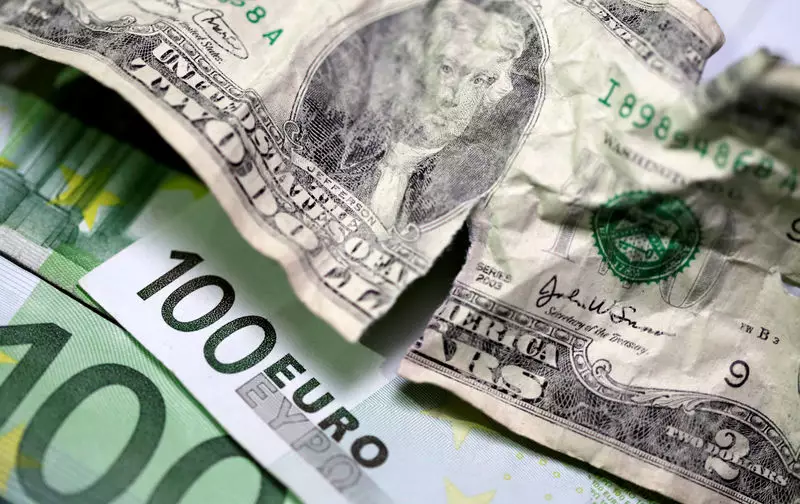On Monday, the U.S. dollar displayed notable strength as it rebounded from a one-year low recorded the previous week. As of 04:15 ET (08:15 GMT), the Dollar Index, which gauges the dollar’s value against a selection of six major currencies, marked a 0.5% increase, reaching 100.925. This upturn signifies a recovery from a significant selloff following the U.S. Federal Reserve’s aggressive decision to cut interest rates. Traders now appear to be distancing themselves from recession fears that previously dominated the economic landscape.
Analysts at ING pointed out that investors seem to be embracing the “soft landing” narrative articulated by Fed Chair Jerome Powell last week. Contrary to expectations that the 50 basis point rate cut would spook the equity markets, major benchmarks in the U.S. have shown resilience, continuing their upward trajectory. This renewed confidence among traders is crucial as it fundamentally shifts the sentiment around economic stability and growth potential in the U.S.
Despite the current resurgence of the dollar, futures markets indicate that traders are anticipating further rate cuts by the Federal Reserve in the near term. CME FedWatch data reveals an expectation of 75 basis points in cuts by the year’s end and a staggering 200 basis points by December 2025. Such predictions underscore the complexity of the economic environment, especially as the market reconciles short-term gains with longer-term outlooks.
This week’s economic highlight arrives on Friday, when the core personal consumption expenditures (PCE) index— a favored inflation metric for the Federal Reserve— will be released. Analysts predict a modest 0.2% increase month-on-month, resulting in an annual rate of 2.7%. If the core PCE unexpectedly shows a 0.1% increase, it could prompt another decline in U.S. rates and pressure the dollar further.
Across the Atlantic, the euro faced challenges, with the EUR/USD pair dropping by 0.5% to 1.1111. Disappointing economic data from Germany revealed that business activity contracted at the sharpest pace in seven months, signaling potential recession in Europe’s largest economy. The HCOB German flash composite Purchasing Managers’ Index (PMI) fell to 47.2 in September from 48.4 in August, marking a significant reduction that underperformed market expectations.
The European Central Bank’s recent decision to cut rates for the second time this year raises the stakes even higher. With ongoing signs of economic weakness, the probability of further rate reductions in October is heightened. Analysts are projecting a sustained consolidation of the EUR/USD pair within the 1.11-1.12 range, with bearish risks dominating the early part of the week. The adverse economic environment poses serious headwinds for the euro’s recovery prospects.
Turning to the British pound, the GBP/USD pair experienced a slight dip of 0.4%, retreating to 1.3264 after reaching highs not seen since March 2022. The Bank of England opted to maintain its key interest rate at 5%, having initiated a policy easing trend in August with a 25-basis point cut. Market sentiment reflects a growing concern over excessive long positioning in sterling, suggesting that traders might need to recalibrate their strategies.
Meanwhile, the USD/JPY exchange rate saw a minor decline of 0.1%, settling at 143.72. The trading volume in the region was generally subdued, attributable to a holiday in Japan, yet the yen continues to hover near its strongest levels for 2024. The Bank of Japan’s decision to keep interest rates unchanged last week coupled with forecasts of stable inflation and economic growth paints a cautiously optimistic picture for the yen going forward.
The currency market is currently navigating a landscape marked by divergent economic indicators and monetary policy decisions. The U.S. dollar’s resurgence amidst rate cuts highlights a complex relationship between investor sentiment and economic data. In contrast, the euro struggles to maintain its footing against a backdrop of potential recession in Germany, while the pound and yen attempt to weather their respective economic challenges. As the week progresses, the awaited PCE data will surely be a critical focal point, capable of further influencing market dynamics and currency valuations. The interplay of these factors emphasizes the intricate and often unpredictable nature of global economics today.

